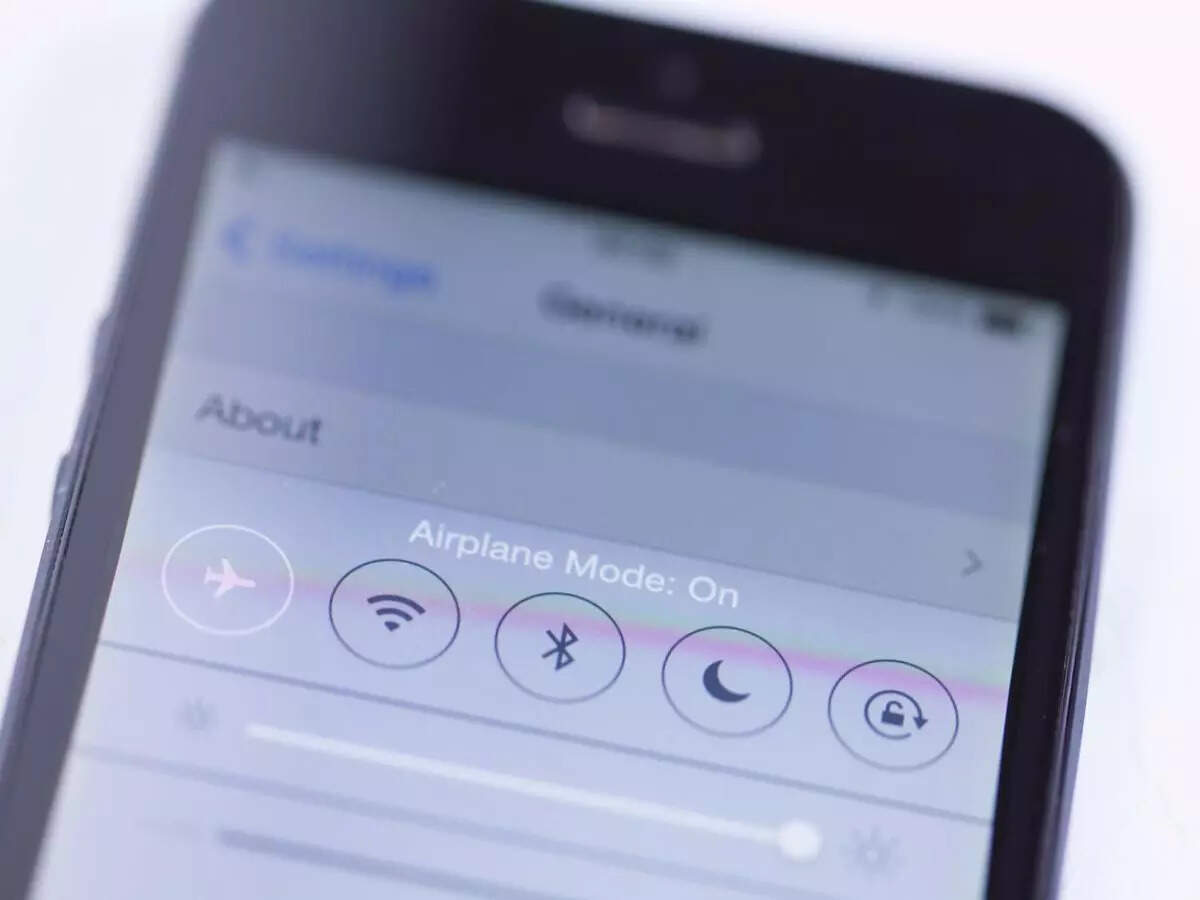
Air travel has become an integral part of modern life, allowing us to cover vast distances in a matter of hours. While onboard, airlines often request passengers to switch their phones to flight mode. But why is this precaution necessary, and what are the potential risks of disregarding it?
Flight mode, also known as airplane mode, disables the phone’s wireless communication functions, including cellular, Wi-Fi, and Bluetooth.
Keeping your phone in flight mode during air travel is not merely a suggestion but a crucial safety measure endorsed by aviation experts and regulatory authorities. By doing so, you play a part in ensuring the safety and efficiency of flight operations while also preserving your device’s battery life. So the next time you embark on a journey by air, remember to switch to flight mode and enjoy a safer and more peaceful flight experience.

Here are several compelling reasons why it’s essential to comply with this request while flying:
Avoid interference with aircraft systems
One of the primary reasons for using flight mode is to prevent electronic interference with the aircraft’s navigation and communication systems. Although modern aircraft are designed to withstand electromagnetic interference, electronic signals from mobile devices have the potential to disrupt sensitive onboard instruments, especially during critical phases of flight such as takeoff and landing.
Read more: What’s it like to visit Chitkul, India’s last village on the Indo-Tibetan border?
Ensure safety and compliance
Airlines and aviation authorities mandate the use of flight mode to comply with safety regulations and ensure the smooth operation of flight systems. By switching your phone to flight mode, you contribute to a safer flying environment for yourself and your fellow passengers.
8 hill stations to visit in North India to escape Delhi’s heatwave!
FacebookTwitterPintrest
Minimise Radio Frequency (RF) emissions
Mobile phones emit radio frequency (RF) signals when transmitting data or connecting to cellular networks. While these emissions are typically low-power and harmless to humans, they can potentially interfere with aircraft communication systems or cause electromagnetic interference (EMI) in sensitive equipment.
Preserve battery life
Enabling flight mode conserves your phone’s battery life by disabling power-hungry wireless functions. Since cellular and Wi-Fi signals are unavailable in flight mode, your phone consumes less power, allowing you to enjoy longer battery life throughout your journey.
Read more: 6 tips to spot tigers in the wild!
Respect airline policies
Following airline policies regarding the use of electronic devices, including flight mode requirements, demonstrates respect for cabin crew instructions and contributes to a harmonious travel experience for everyone onboard. Disregarding these guidelines not only poses potential safety risks but also disrupts the overall flight environment.
>>> Read full article>>>
Copyright for syndicated content belongs to the linked Source : Time Of India Travel – https://timesofindia.indiatimes.com/travel/travel-news/why-are-you-asked-to-keep-your-phone-in-flight-mode-during-air-travel/articleshow/109839292.cms































